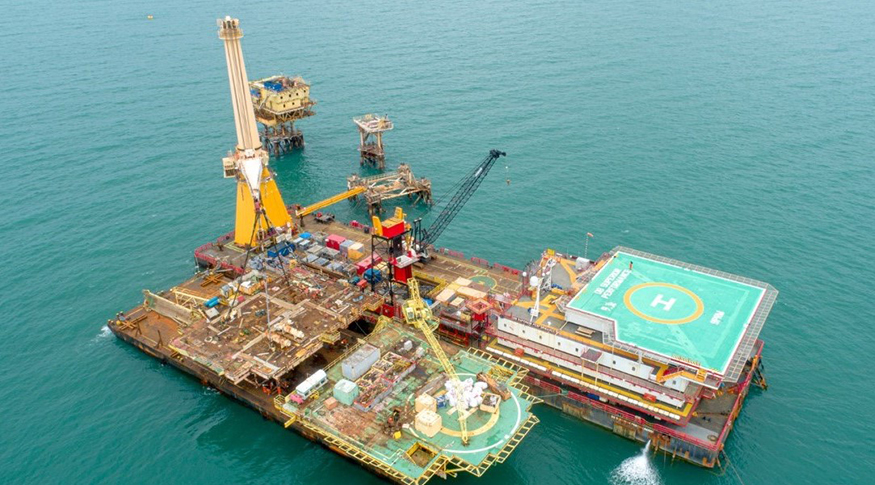IPP
Industrial inflation opens 2022 with rise of 1.18% in January
March 08, 2022 09h00 AM | Last Updated: March 08, 2022 03h04 PM

Compared with December 2021, the prices of the industrial sector began 2022 with an increase of 1.18% in January. The change had been -0.08% between November and December. The data are from the Producer Price Index - IPP, released today (08) by the IBGE. The index that registers the last 12 months recorded a rate of 25.51%. It had been 28.45% in December.
The IPP measures the change in the prices of products at the "factory gate", without tax or freight, of 24 activities of the mining and manufacturing industries. Of them, 18 rose. The four sectors with the highest changes in absolute terms were mining and quarrying industries (9.54%), beverages (4.31%), wood (3.14%) and pulp and paper (2.85%).
According to Felipe Câmara, an analyst of the survey, the month´s result was influenced by the prices of petroleum and iron ore, both of them rising in the foreign market. “The widespread transmission of higher costs of inputs along the production chains, which are dismantled due to down time in the production, scarcity and rising prices of raw materials, also influenced,” explains him.
The prices of the mining and quarrying industries rose for the first time since August 2021. In the annual comparison, the prices of January 2022 were 11.30% higher than those of January 2021. “The increase in the prices in relation to December follows the recent recovery of the international prices of petroleum and iron ore, and the cumulative index in 12 months is related to the most significant rises in the prices of these commodities in the first semester of 2021,” justifies Câmara. This result took the price changes in this sector as the one that mostly influenced the month´s result (0.46 p.p. in 1.18%).
After dropping 1.54% in December 2021, the prices of the sector of petroleum refining and biofuels increased 2.26%. It was the second biggest influence this month (0.25 p.p. in 1.18%). This sector is also the second highest weight today. “The result of this activity not only follows the recent recovery of the petroleum prices, but also reacts to the effect of the cumulative rise of the oil barrel over the last months. Like the entire industry, this sector also lives with the rising costs of imports of inputs, caused by the currency devaluation along the last semester,” states the survey´s analyst.
Another highlight of the survey is the record rise of the sector of motor vehicles: 2.27%. This is the highest rate of this activity in the entire time series, started in January 2010. “Along the months, manufacturers have been suffering with the deterioration of the supply chains, damming in the delivery of inputs, rising international prices of steel up to the third quarter of 2021 and a crisis in the global supply of semiconductors. This picture has justified decisions of shutting down the domestic production, producing a scenario of low replacement of stocks and shortage of supply, which eventually pressures the prices in the factory´s gate,” details Câmara. On the dropping side, the sector of food, the highest weight in the overall IPP, changed -0.20%. This is the first negative result since June 2021 (-0.14%).
Concerning the major economic categories, the price change in January 2022 over December 2021 was of 2.56% in capital goods and of 1.73% in intermediate goods. Consumer goods changed -0.04%, being 1.20% in durable goods and -0.27% in semi and non-durable goods. The major influence was exerted by intermediate goods, whose weight in the overall index of January was 58.98%, and it accounted for 1.02 p.p. of the 1.18% change. According to Câmara, it is important to highlight the behavior of capital goods, which had been changing below the industry´s average in most of 2021, though it registered the highest rises among the major categories in December and January. “This price dynamics temporally matches the evidences of increase in the demand for machinery and equipment and the previously mentioned costs pressures transmitted along the production chains,” completes him.
More about the survey
The IPP aims at measuring the average change of sale prices received by the domestic producers of goods and services, as well as their evolution over time, signaling the short-term inflationary trends in Brazil. It is a key indicator for the macroeconomic follow up and, consequently, a valuable analytical instrument for decision makers, either public or private.
The survey investigates, in slightly more than 2,100 enterprises, the prices received by producers, free from tax, tariffs and freight, defined according the most usual commercial practices. Nearly 6 thousand prices are collected monthly. The complete tables with the results are available at Sidra.




















